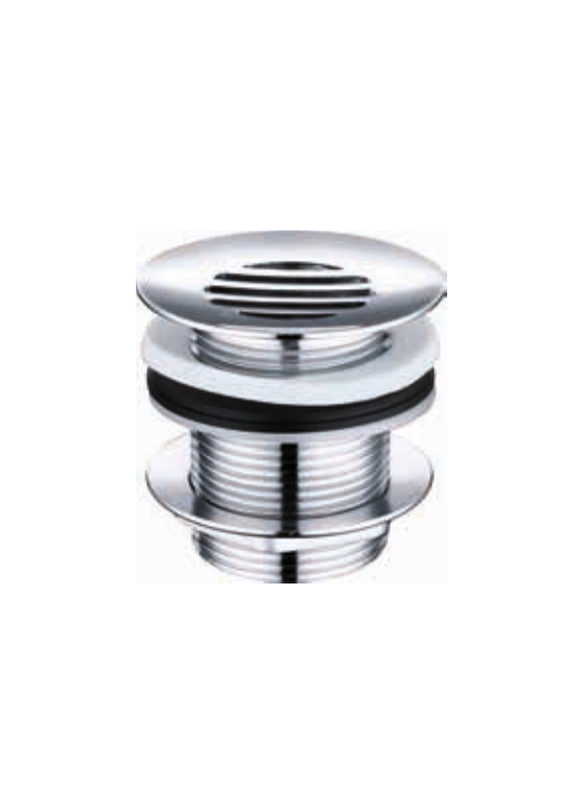The technical principle of the siphon drainage groove is to use the water head formed by the height of the building and rely on the special rainwater bucket design to realize the separation of gas and water, so that the water pipe finally reaches a full flow state. When applying the siphon rainwater drainage system, the following issues should be paid attention to: the control of the water depth in front of the siphon drainage groove. The water depth in front of the bucket is too shallow to effectively form the complete pipe flow of the siphon pipe, the system cannot operate in the siphon state, and the drainage capacity cannot meet the design requirements. The water in front of the bucket is too deep, which brings a heavy load to the roof and poses a hidden danger to the safety of the structure. There is a need to increase the strength of the structure, which leads to higher construction costs.

The form of the roof siphon drainage system is a rainwater drainage system that uses the effective potential difference between the rainwater bucket and the drainage pipe as the driving force for the design condition to generate negative pressure in the system. The hydraulic calculation is based on the Bernoulli equation of body fluid mechanics. According to the location of the pipeline, it can be divided into internal drainage system and external drainage system. According to the drainage conditions of the roof, it is divided into gutter drainage, gutter drainage and no-ditch drainage. According to whether the indoor part of the horizontal pipe (drain) of the household has free water surface, it can be divided into closed system and open system.
Introduction of siphon drain:
1. The siphon drain is resistant to plant root puncture, and its density is very high.
2. The siphon drainage groove plays a flexible protective role of the waterproof layer and auxiliary waterproof.
3. The construction period is short and the cost is low.
4. Realize the recycling of rainwater and irrigation water.


 English
English España
España




